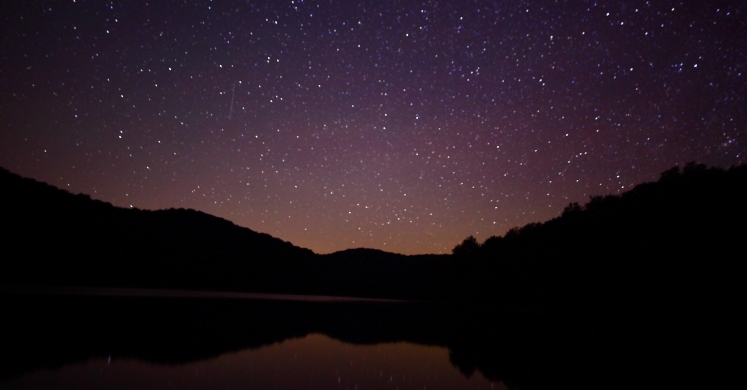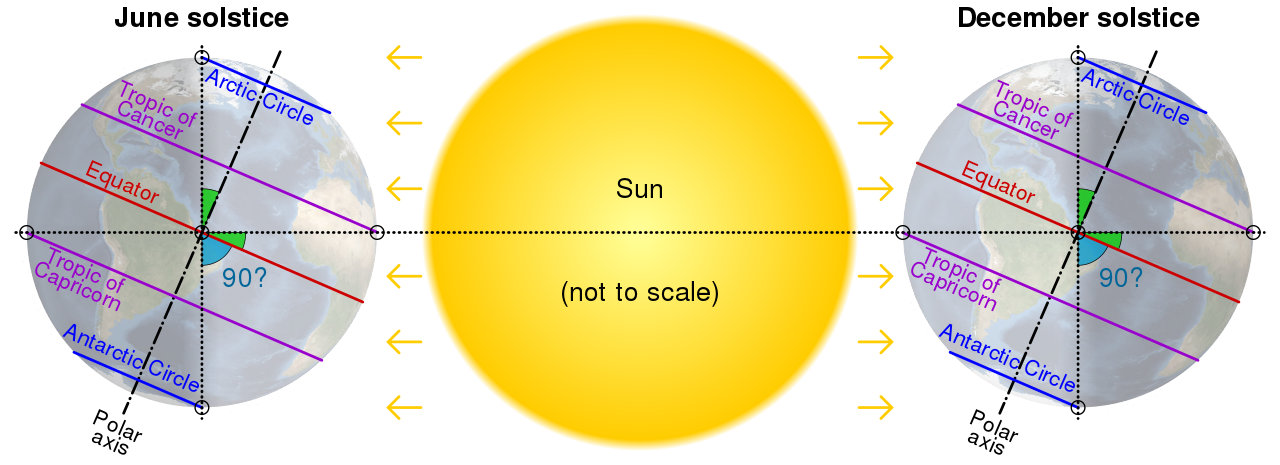Blog

#bioPGH Blog: A Meteor Shower for the Winter Solstice
 A resource of Biophilia: Pittsburgh, #bioPGH is a weekly blog and social media series that aims to encourage both children and adults to reconnect with nature and enjoy what each of our distinctive seasons has to offer.
A resource of Biophilia: Pittsburgh, #bioPGH is a weekly blog and social media series that aims to encourage both children and adults to reconnect with nature and enjoy what each of our distinctive seasons has to offer.
Today marks the winter solstice—the shortest day of the year and the official start of winter! Here in Pittsburgh, the sun rose this morning at approximately 7:40 a.m. and will set at 4:57 p.m., giving us nine hours and 17 minutes of daylight. That is more than double the four hours and seven minutes of sunlight that Reykjavik, Iceland will receive today, though they make up for it during the summer solstice with a 21-hour day of sunlight! It was only in September that we enjoyed the fall equinox, the day of the year with equal day and night. In planetary terms, why do our day lengths change throughout the year? Let’s explore!
If you remember, back in March we talked about the spring equinox (when day length and night are equal), and we noted that the seasonal change in day length was due to the angle of the Earth’s tilt on its axis. During the equinoxes, the tilt brings the Earth’s equator into the direct path of sunlight. Our winter solstice, on the other hand, is because the Northern Hemisphere is currently angled the farthest away from the sun than it is the rest of the year. As a result, we have a short day. If we were to travel to the Southern Hemisphere, the Earth is angled so that the sun’s most direct light is actually south of the equator, on the Tropic of Capricorn. So if we were to pick a city near the Tropic of Capricorn—say, Sydney, Australia—we would see a sun that rose this morning at 5:40 am and set at 8:06 pm.

Illustration of Earth's tilt, photo credit NASA
Lucky for us, the winter solstice brings a great gift for outdoor enthusiasts! As Thursday night will have the longest period of darkness for the year, what better to do than watch the Ursid meteor shower? The Ursids are most visible usually from mid to late December, which luckily coincides with a great time to view them in the Northern Hemisphere. The meteor shower will be easiest to observe a little after midnight, and at least 5-10 “shooting stars” should be possible per hour. The peak of the shower this year will be December 22 in the early morning hours. To find the meteor shower, look towards the Little Dipper (Ursa Minor) as the “radiant point,” the point where it seems (to our eyes on Earth) the shooting stars originate. Making it easy to remember, this shower actually was named after its radiant point, Beta Ursae Minor, one of the stars in the Little Dipper. (To find the Little Dipper, look northward for Polaris, the bright star at the end of the “handle” of the dipper.)
Connecting to the Outdoors Tip: If you plan on taking advantage of the longest night of the year for some meteor watching, try to be as far away from city light pollution as possible. And always be safe if you’re out after dark!
Continue the Conversation: Share your nature discoveries with our community by posting to Twitter and Instagram with hashtag #bioPGH, and R.S.V.P. to attend our next Biophilia: Pittsburghmeeting.
Resources
American Meteor Society: Meteor Activity Outlook for Dec 16-22, 2017
NASA Space Place: What Causes the Seasons?
Photo credits: NASA CC0, Wikimedia user ForestWander CC-BY-SA-3.0 and Vaido Otsar CC-BY-SA-3.0

